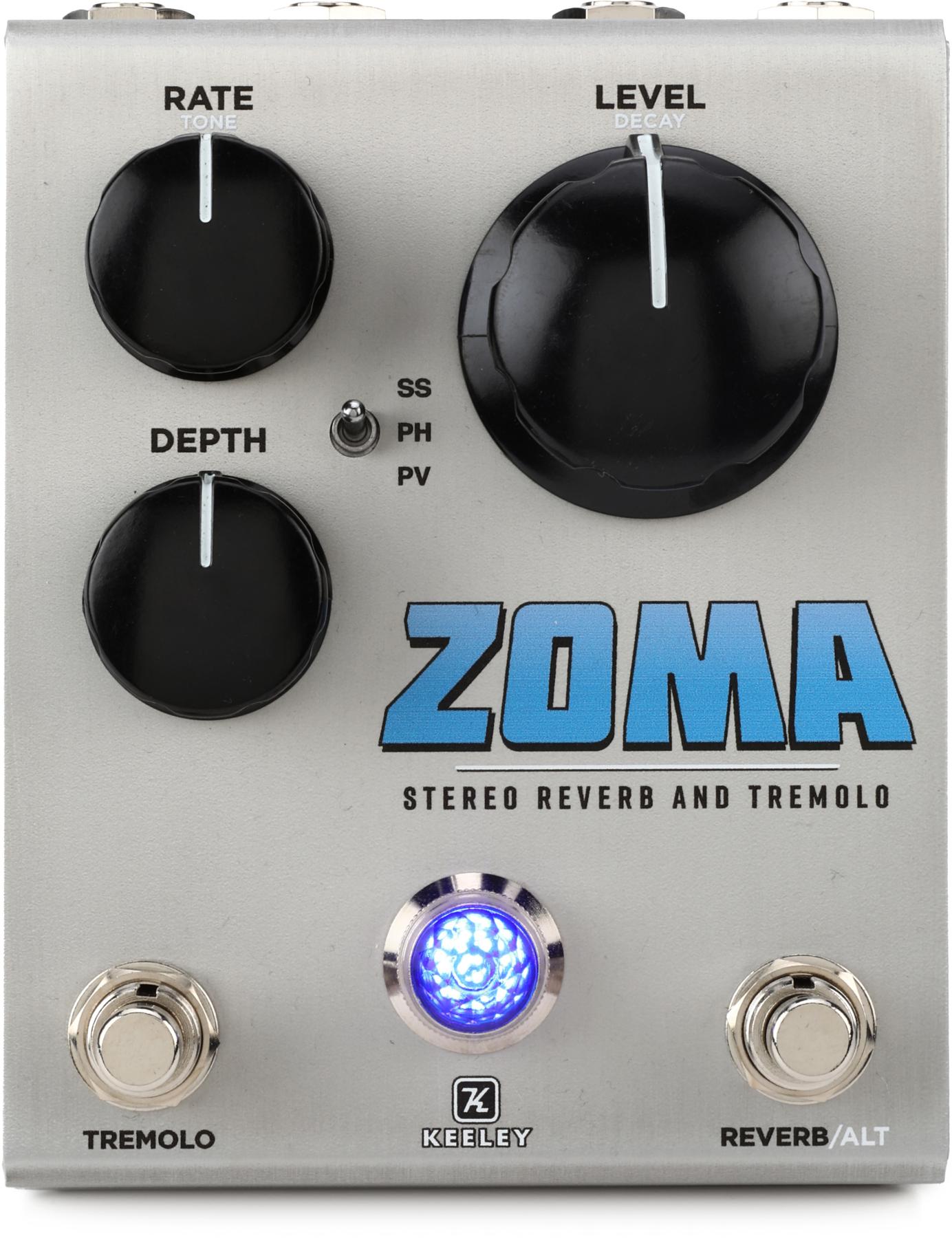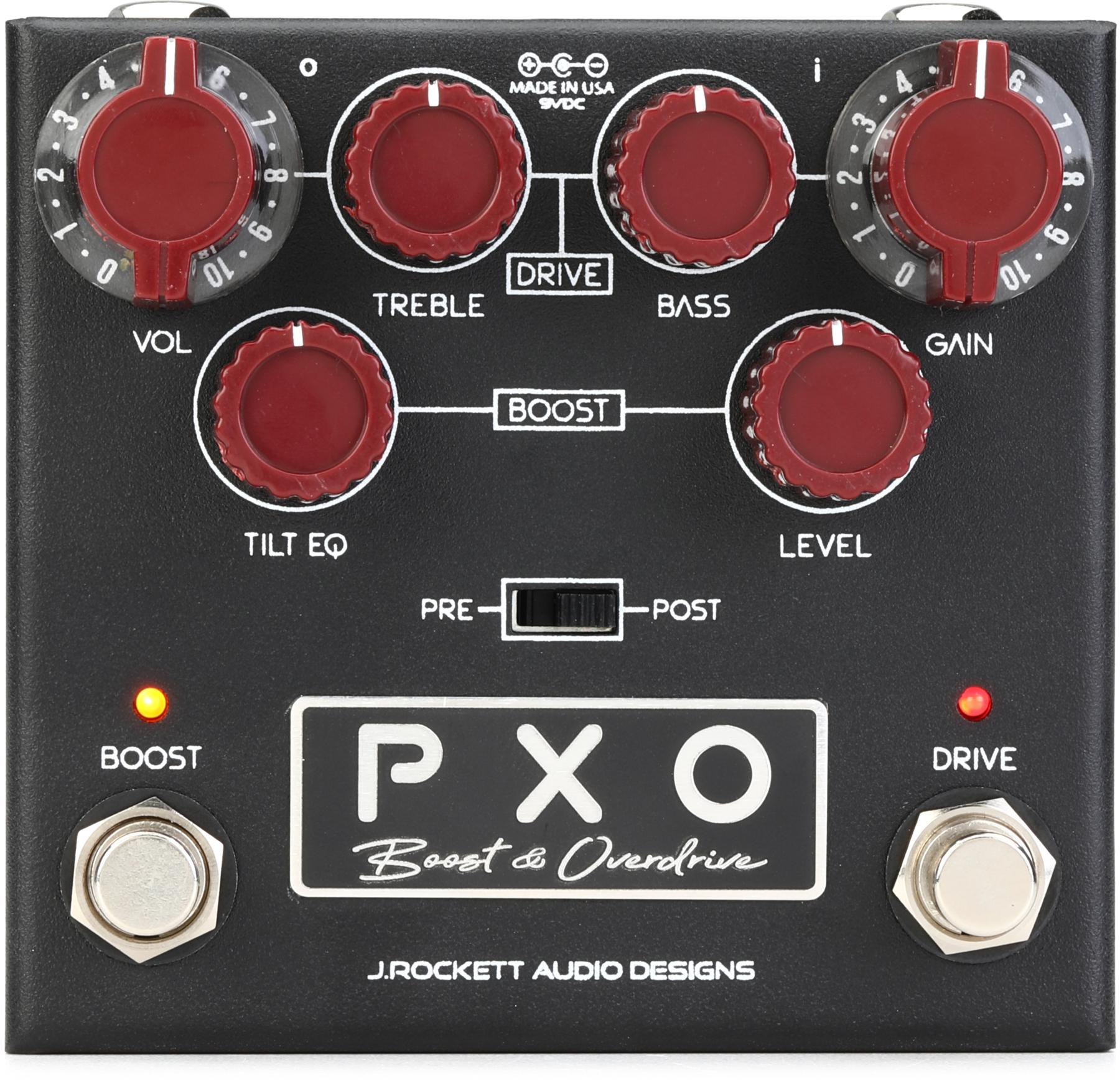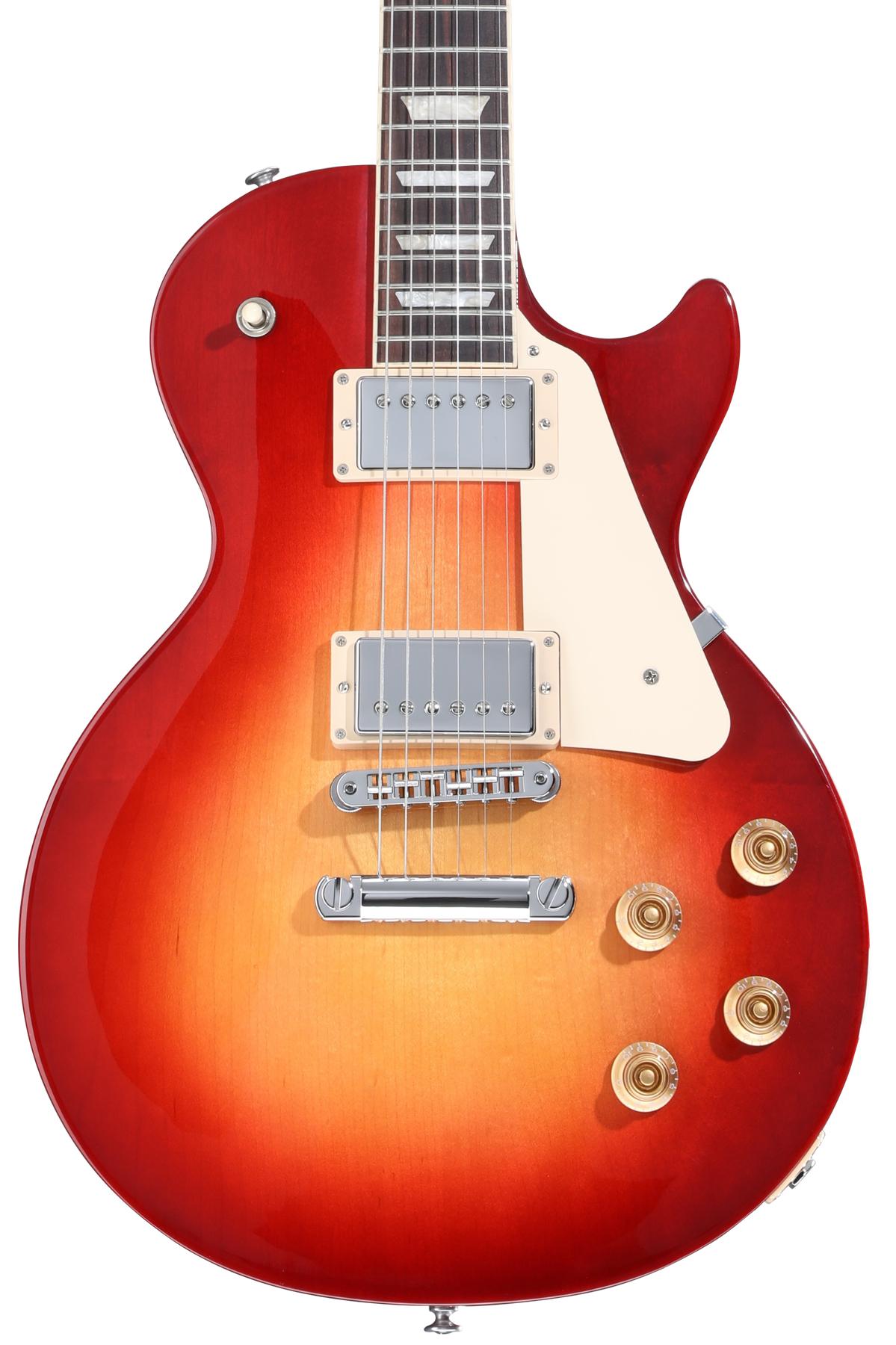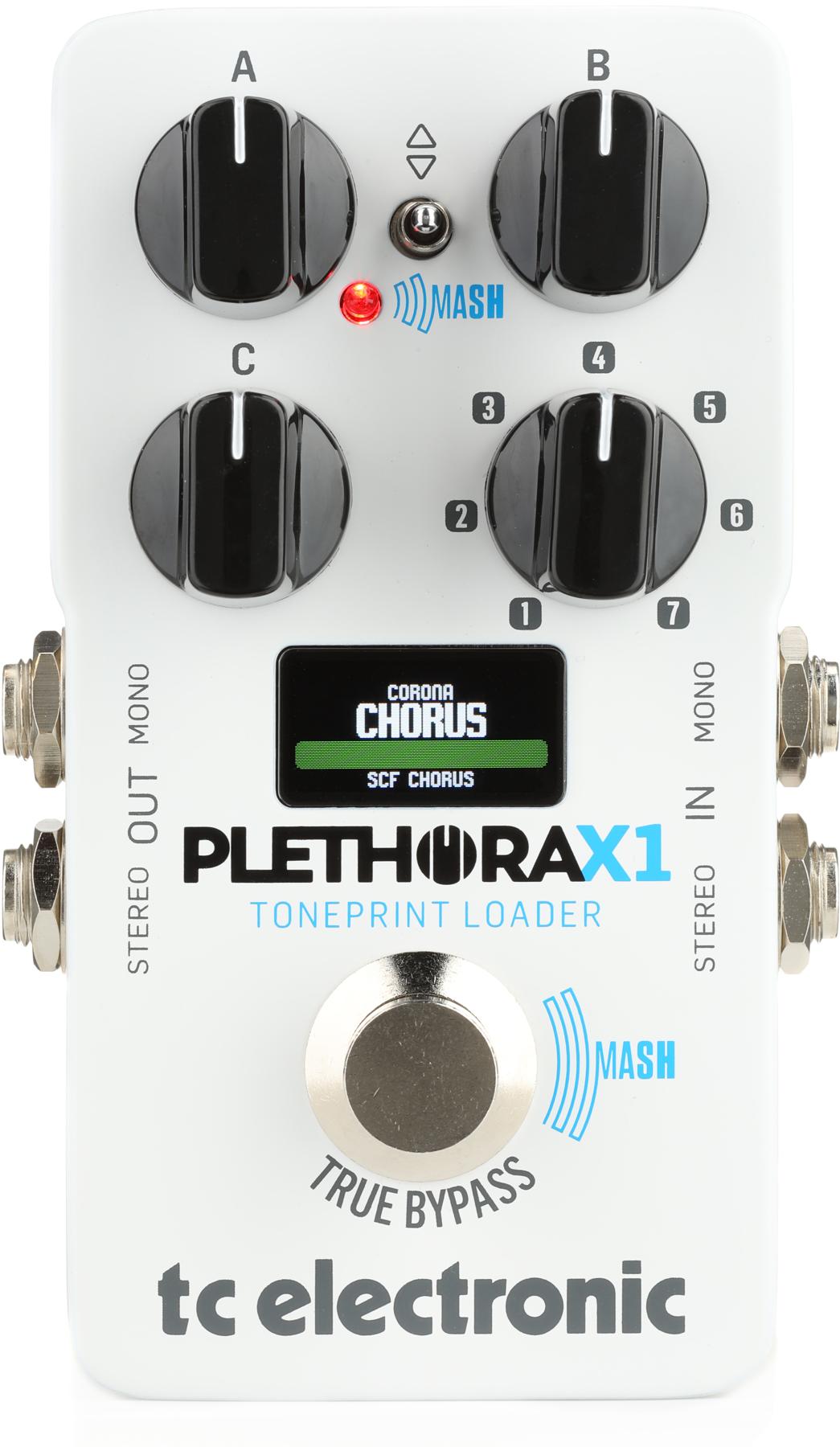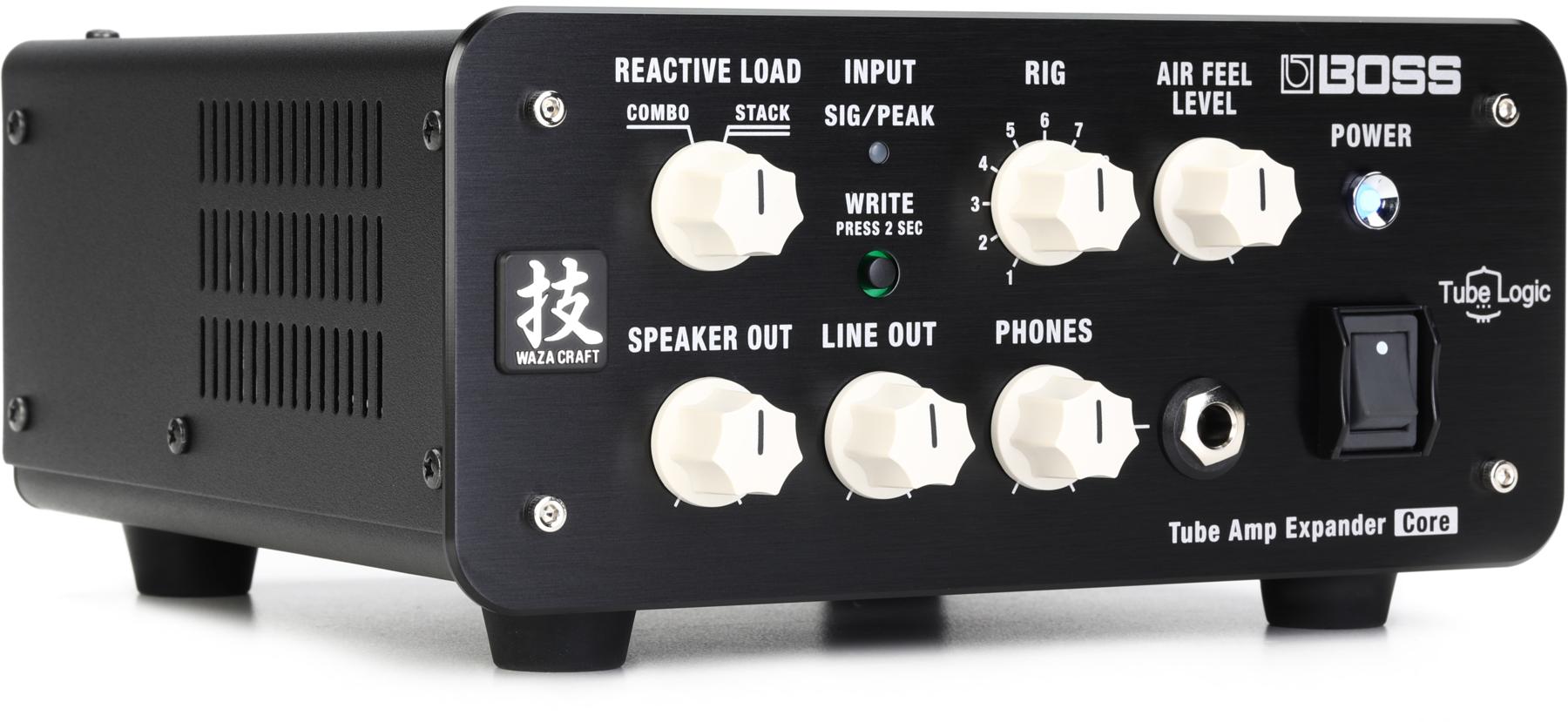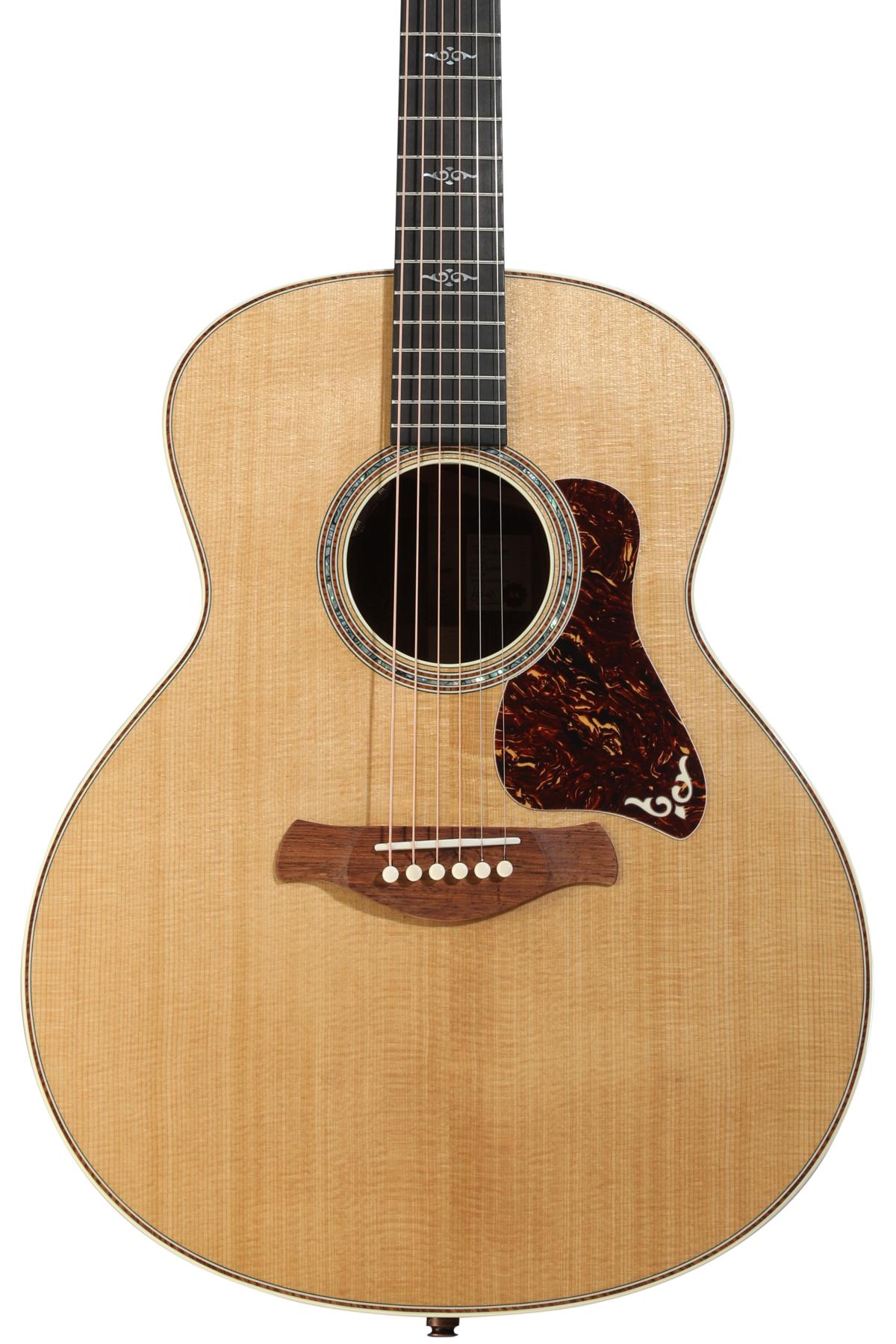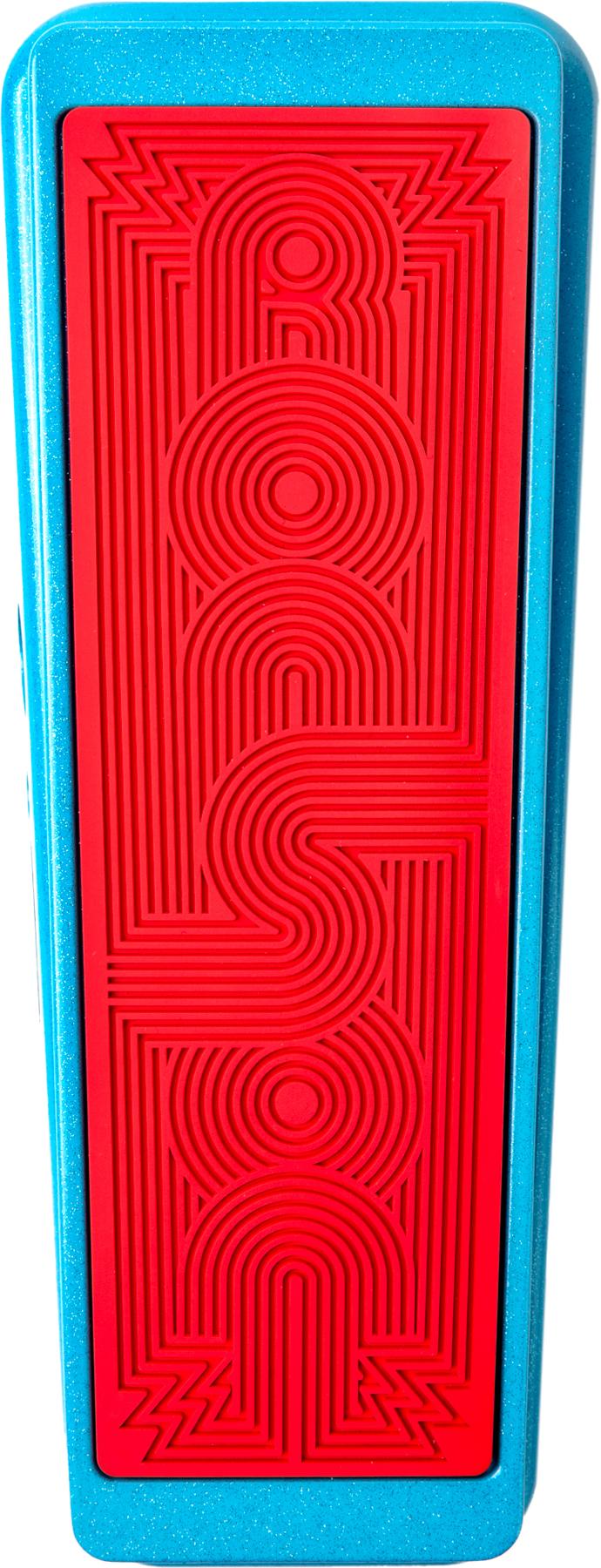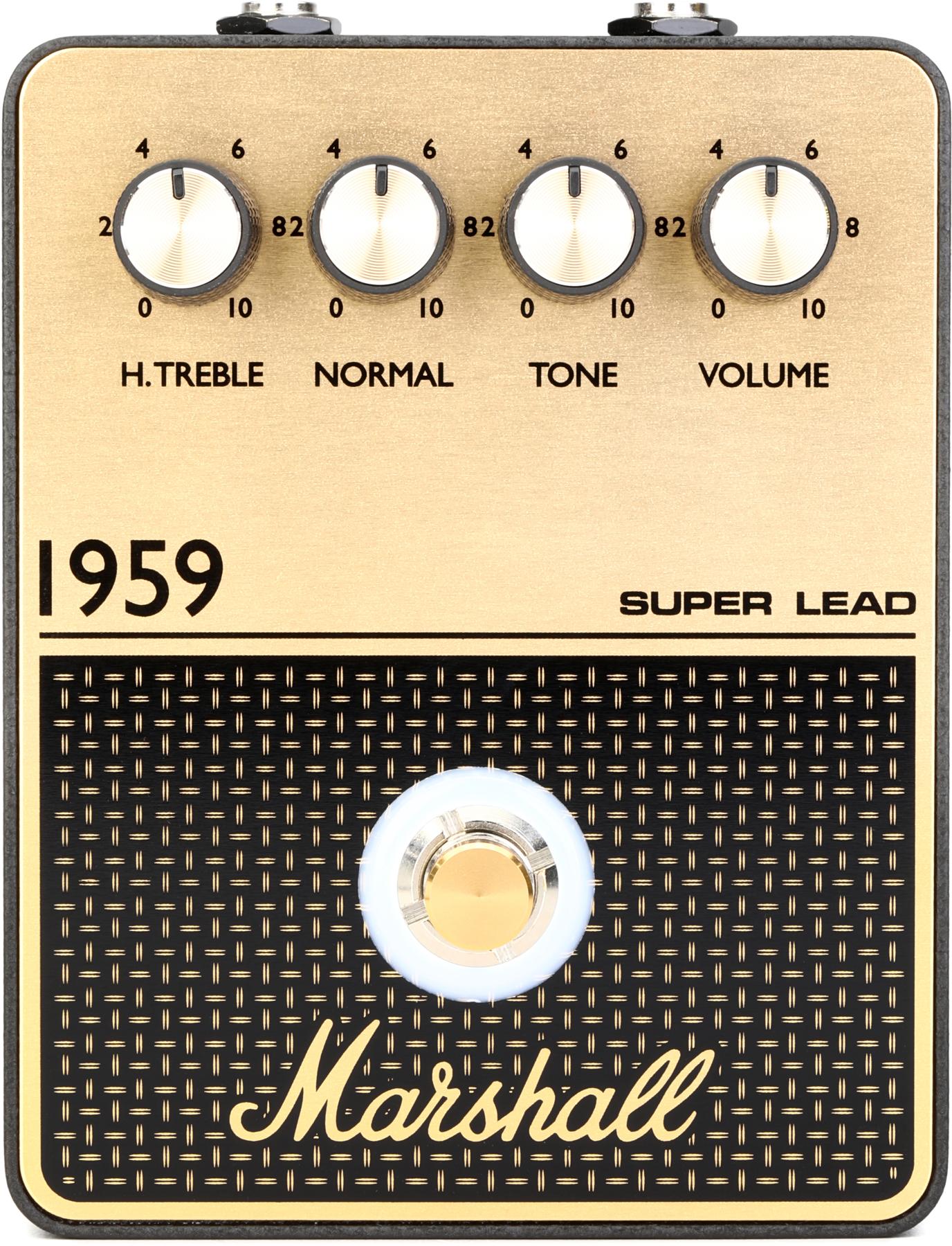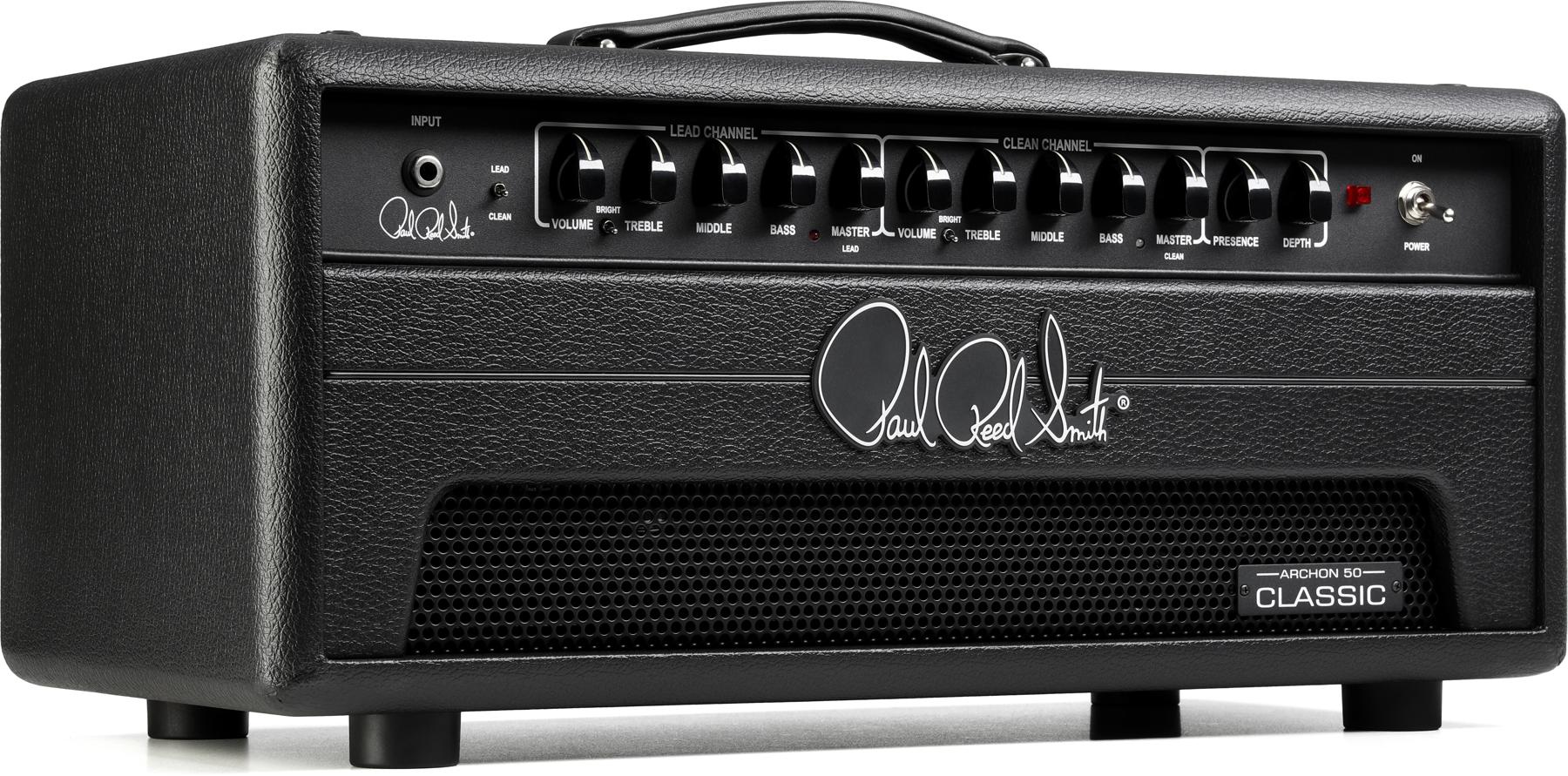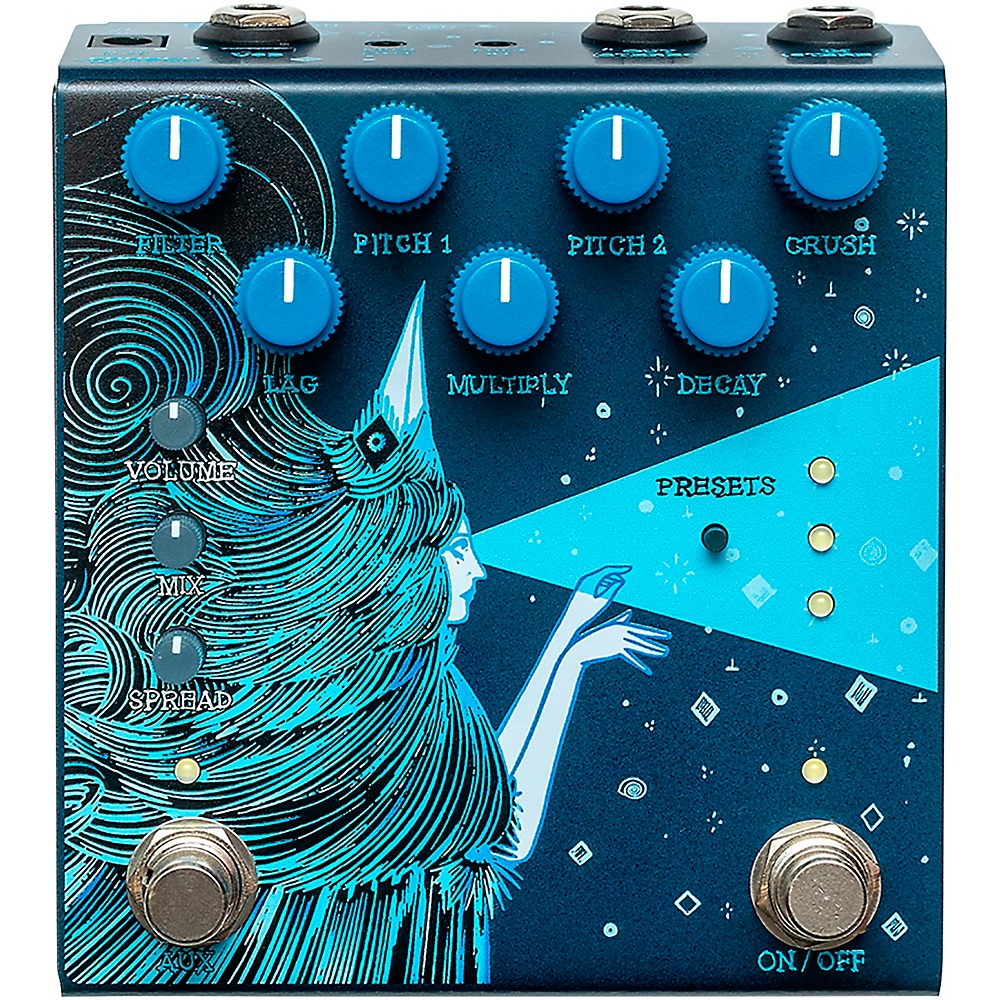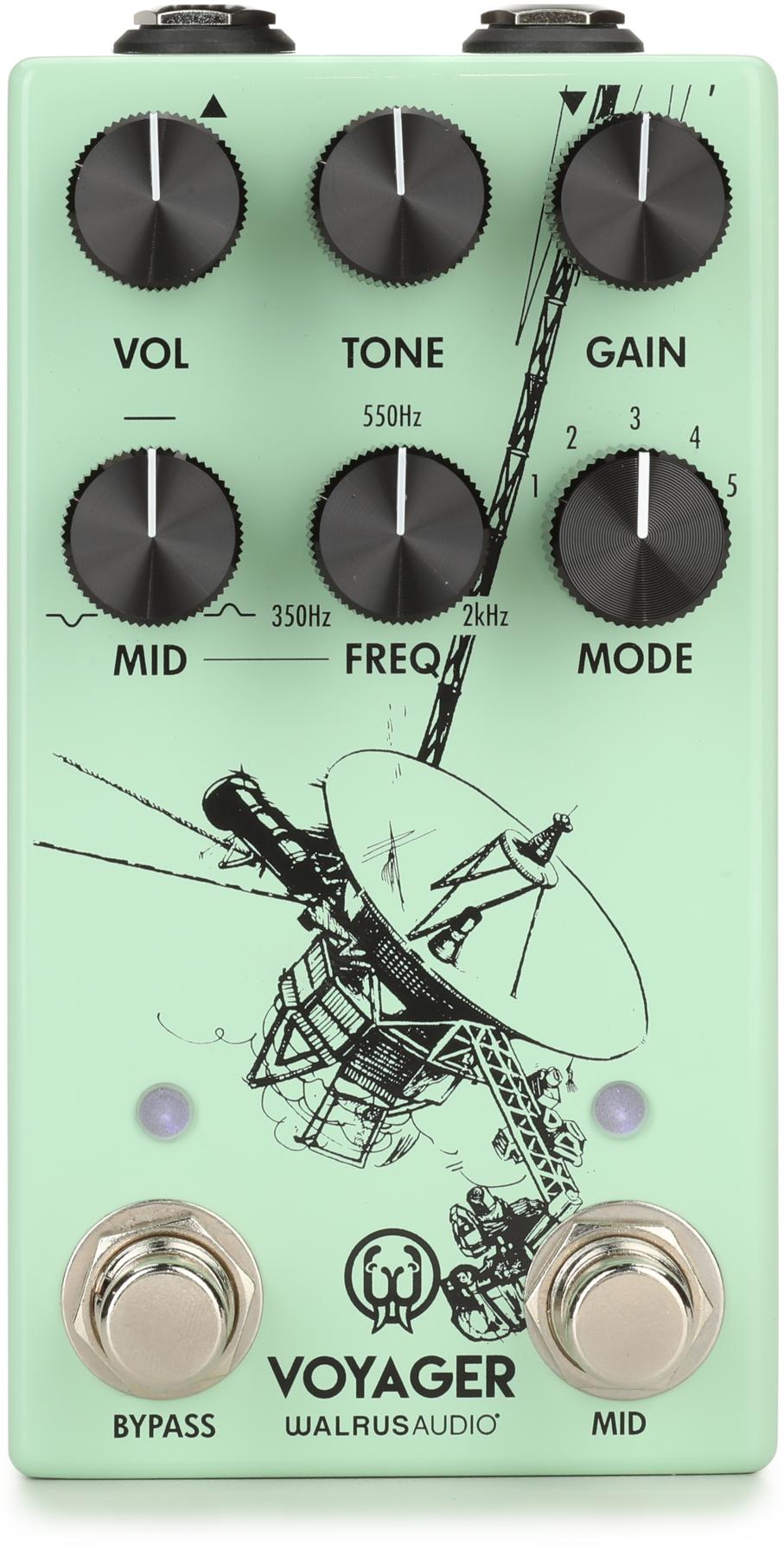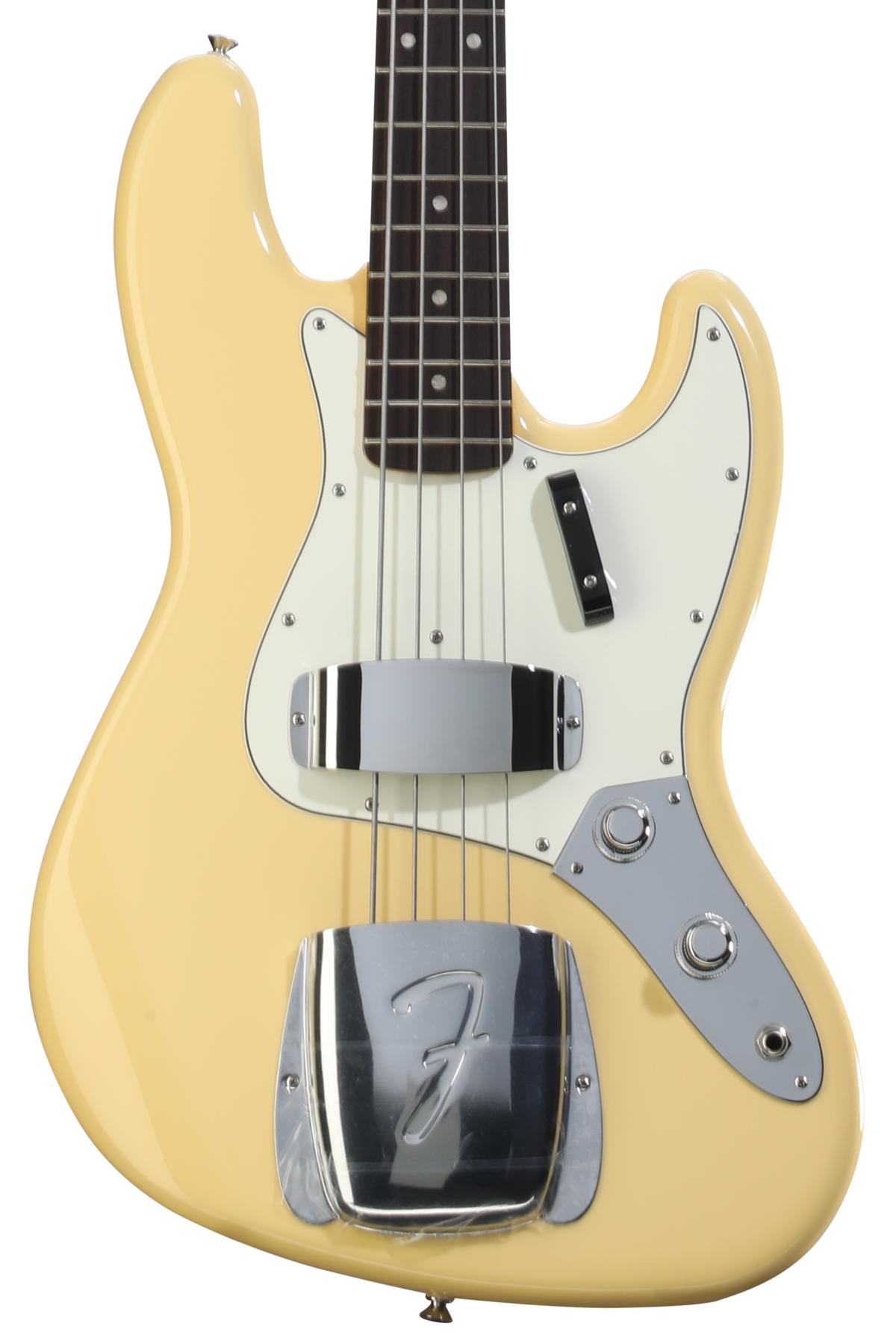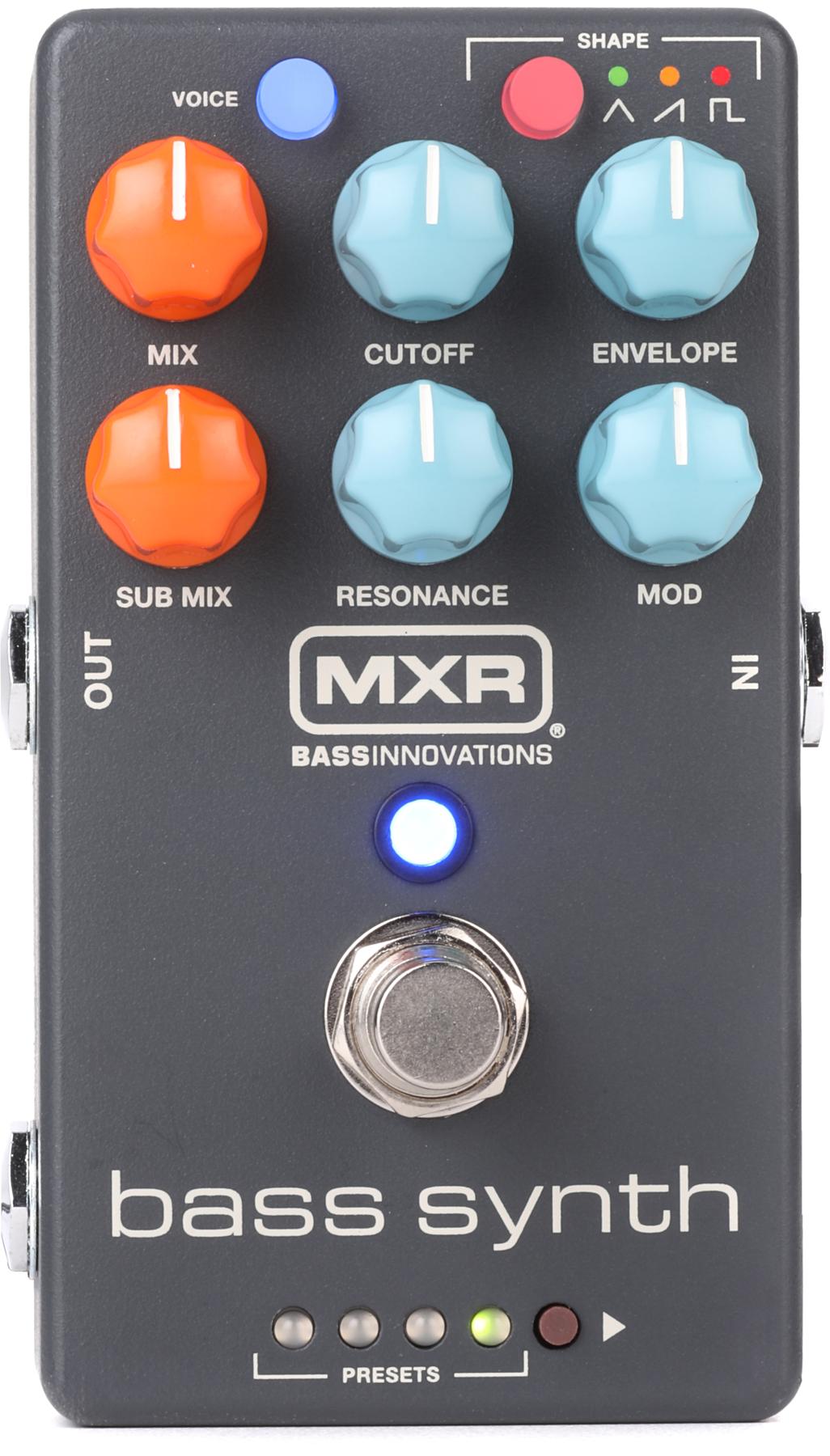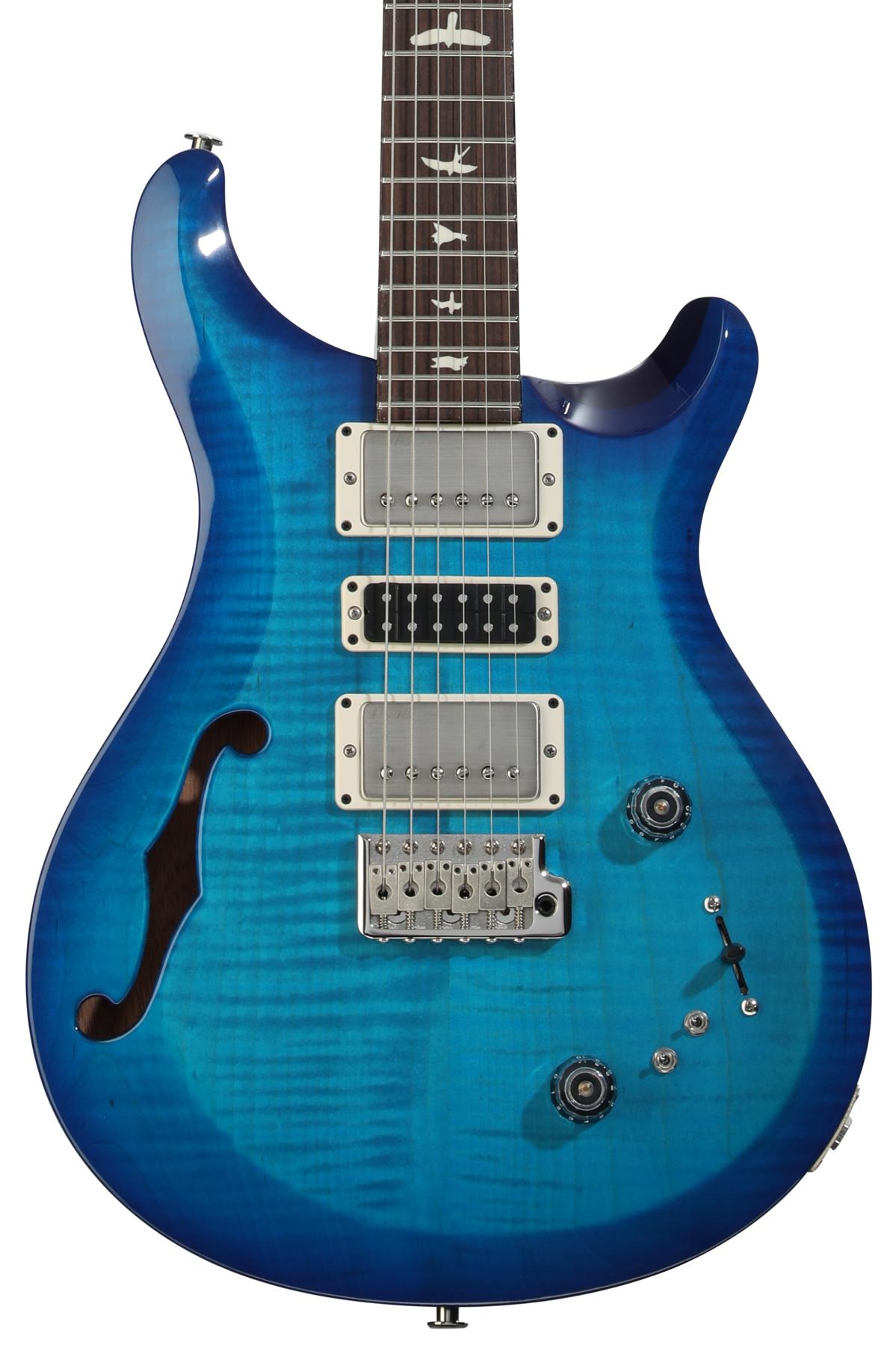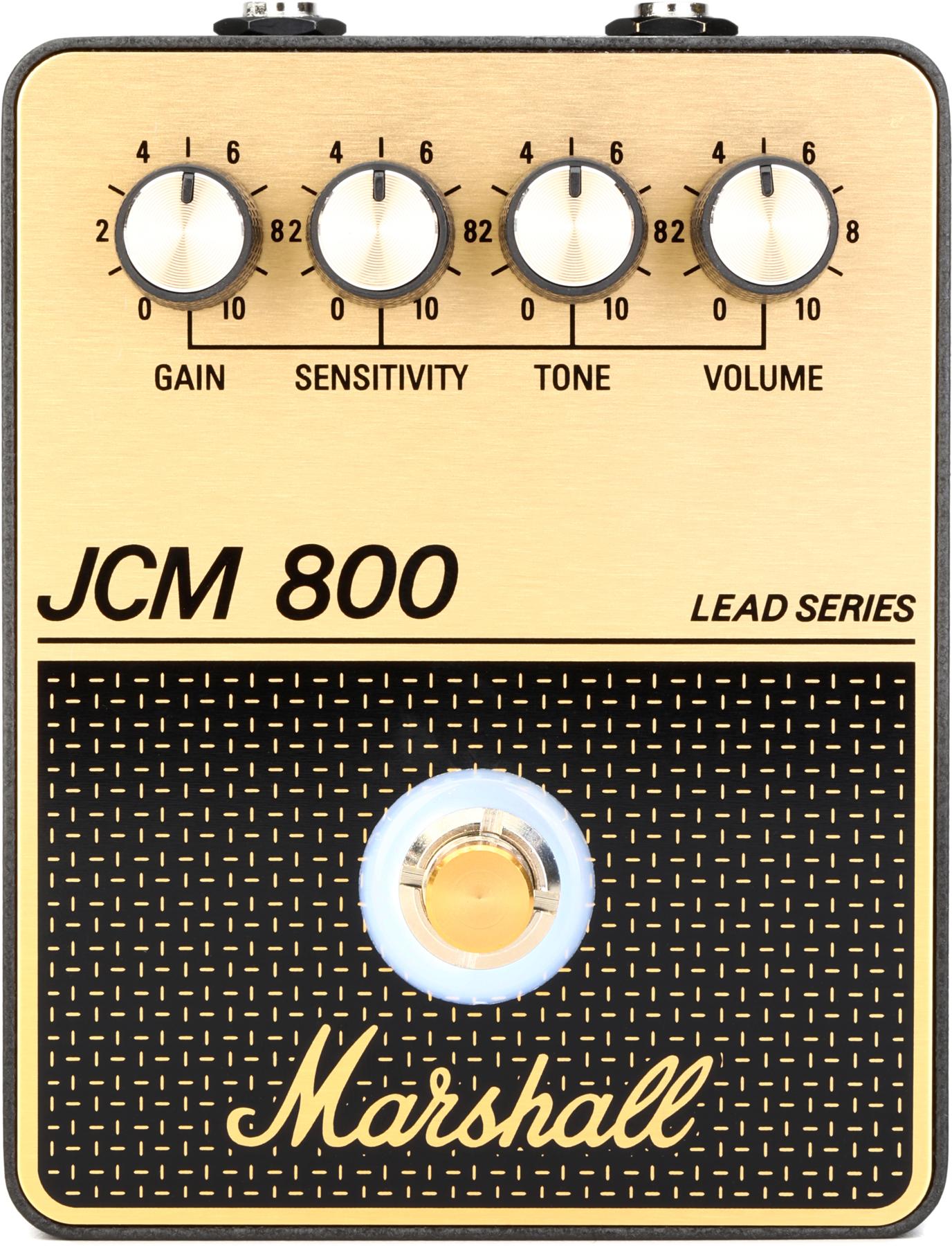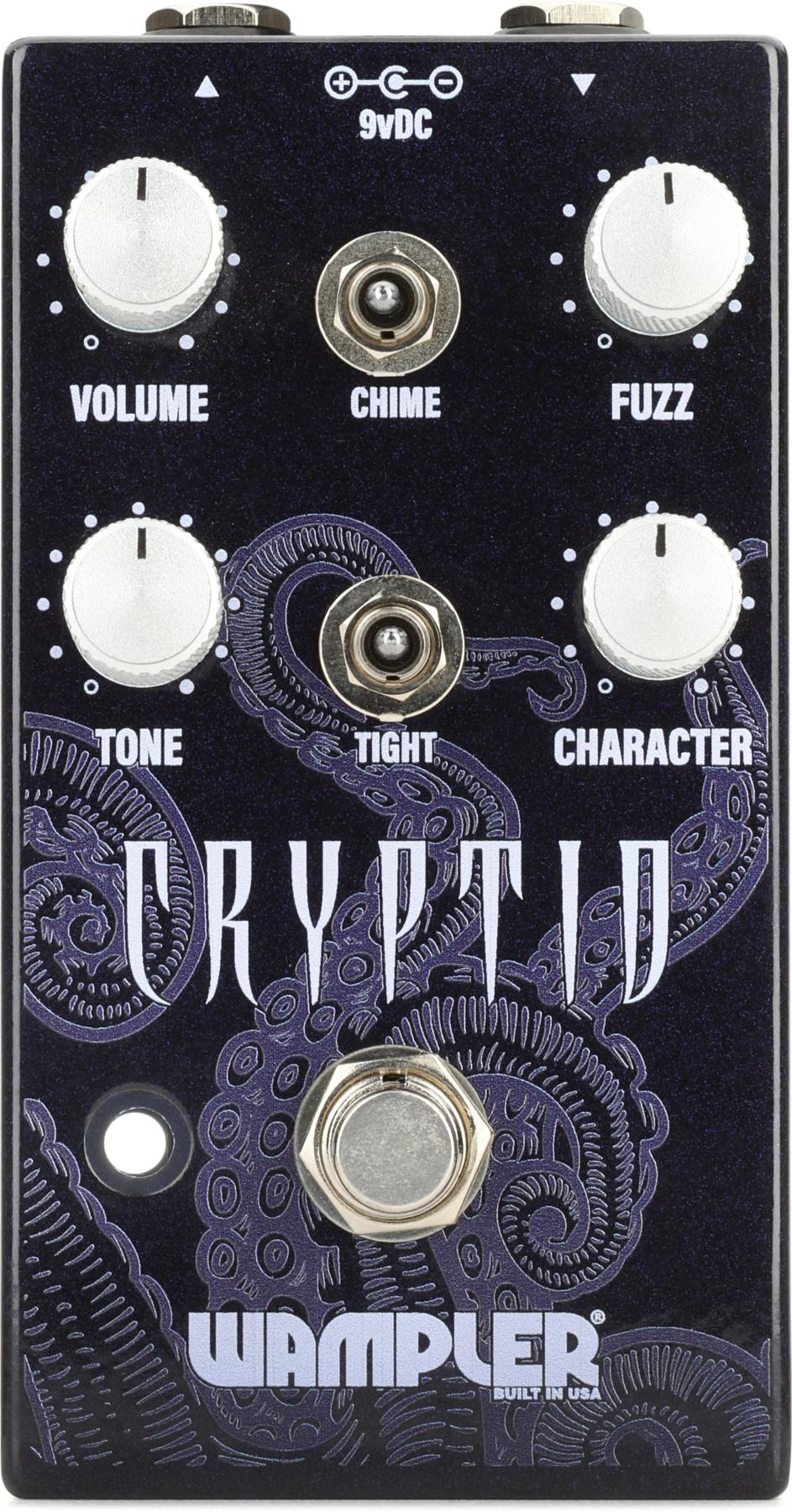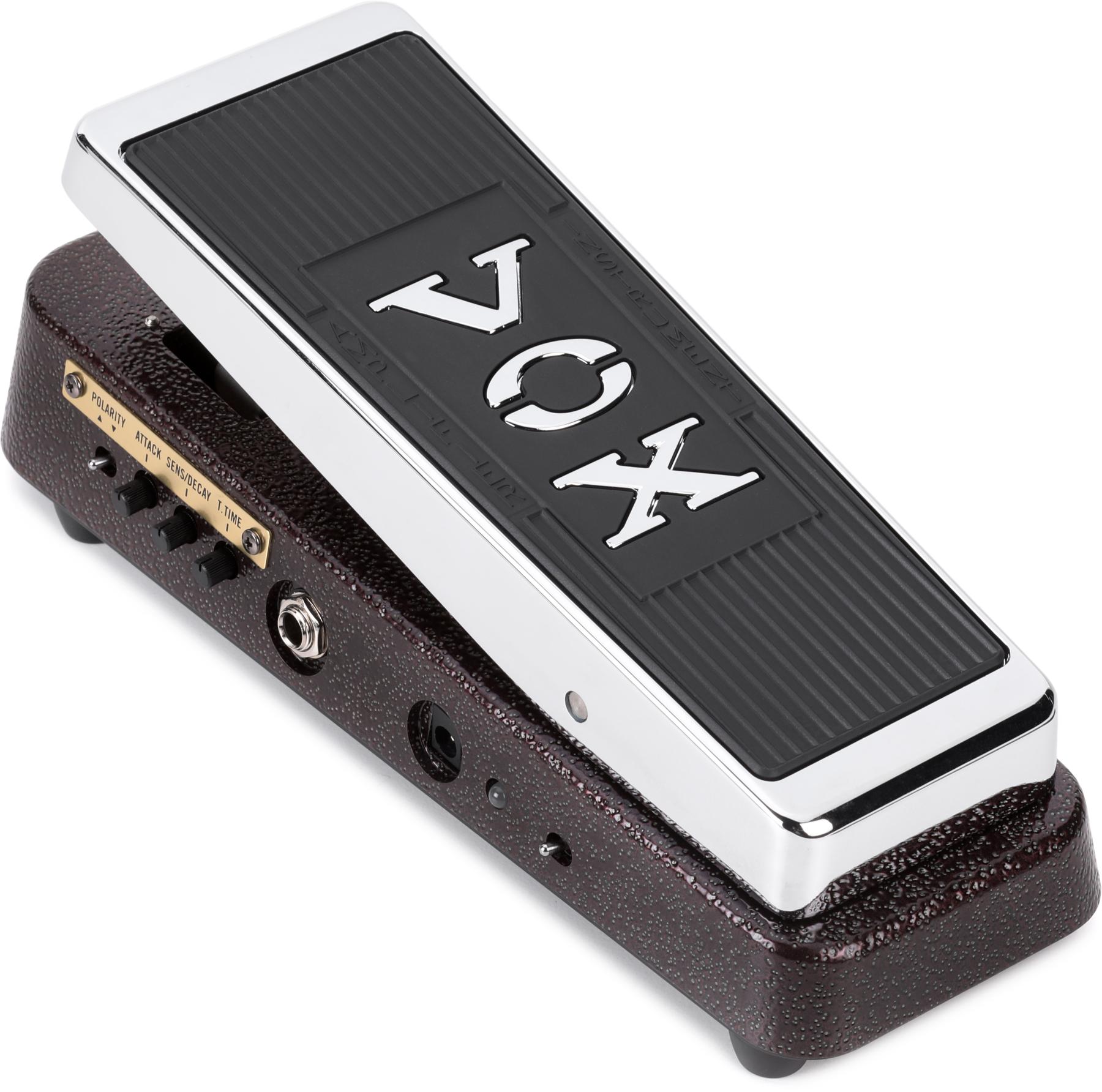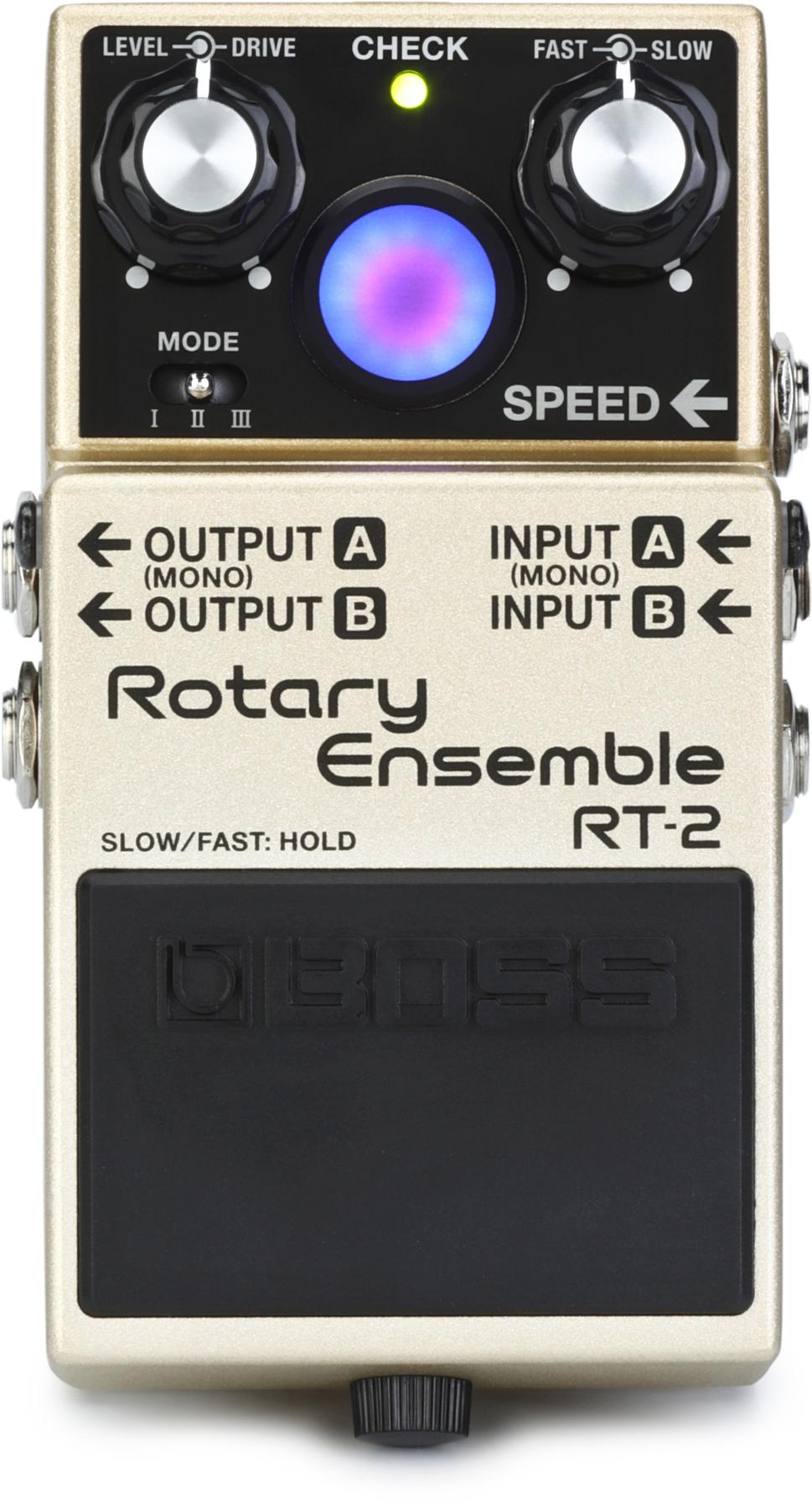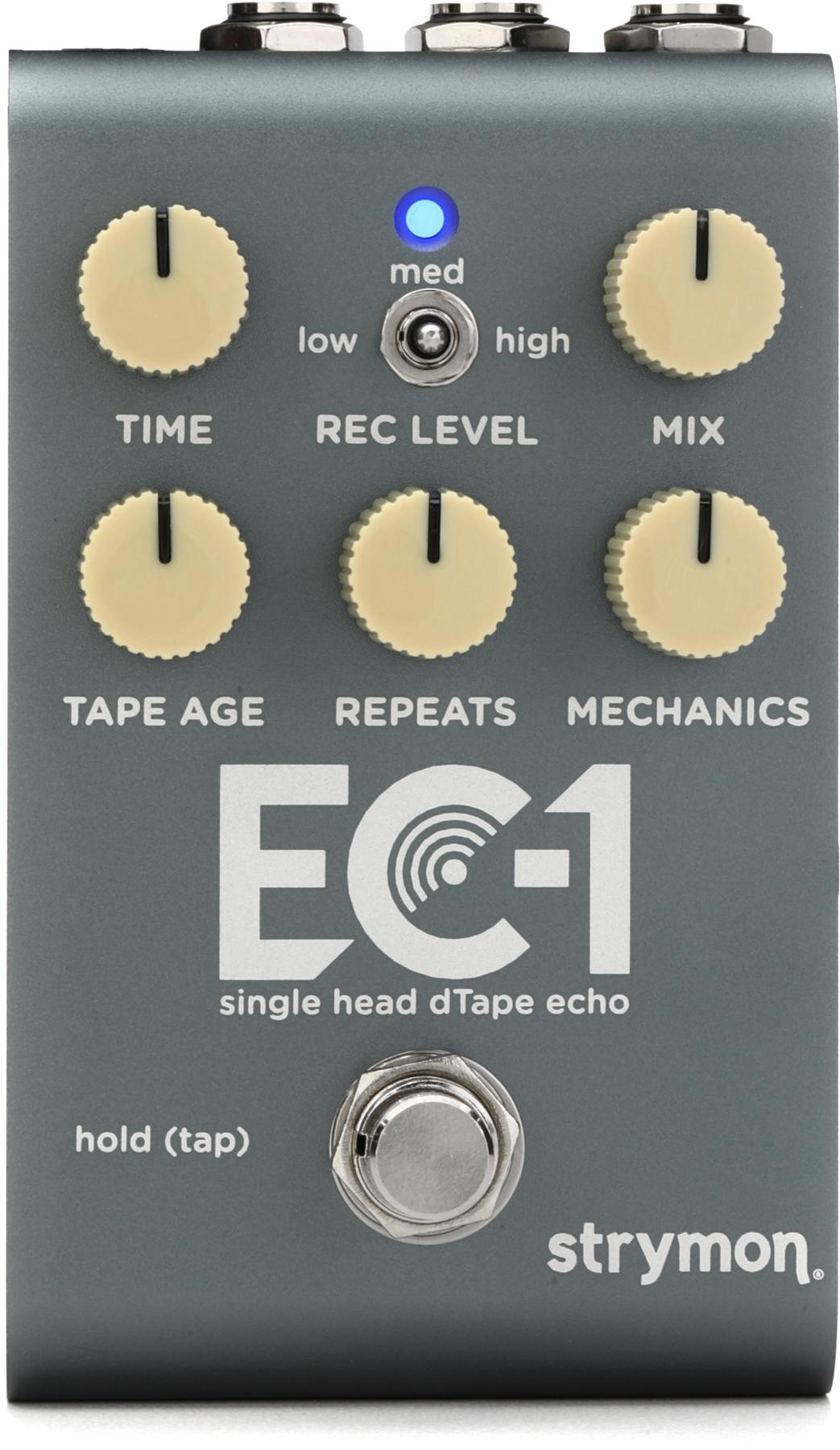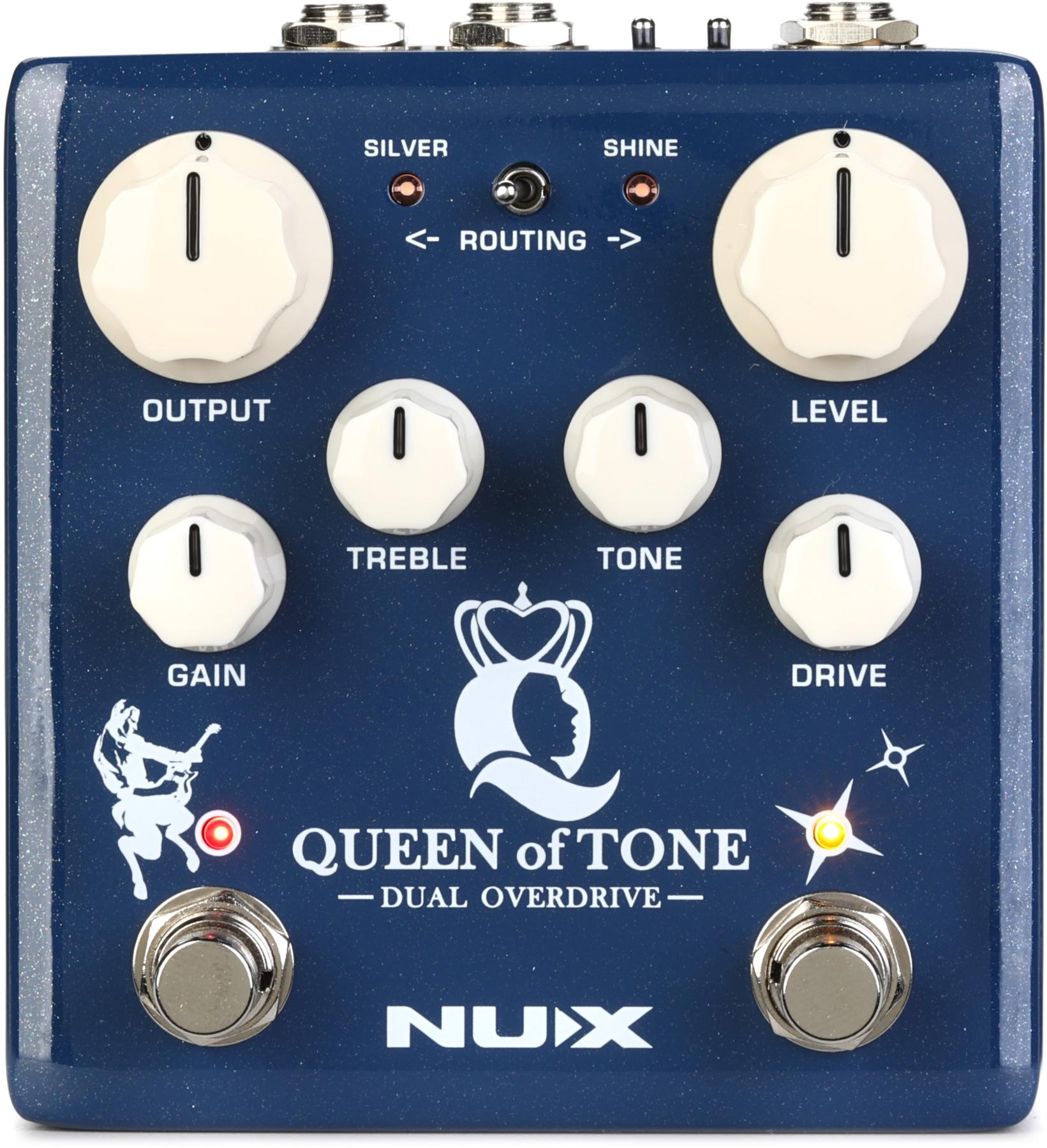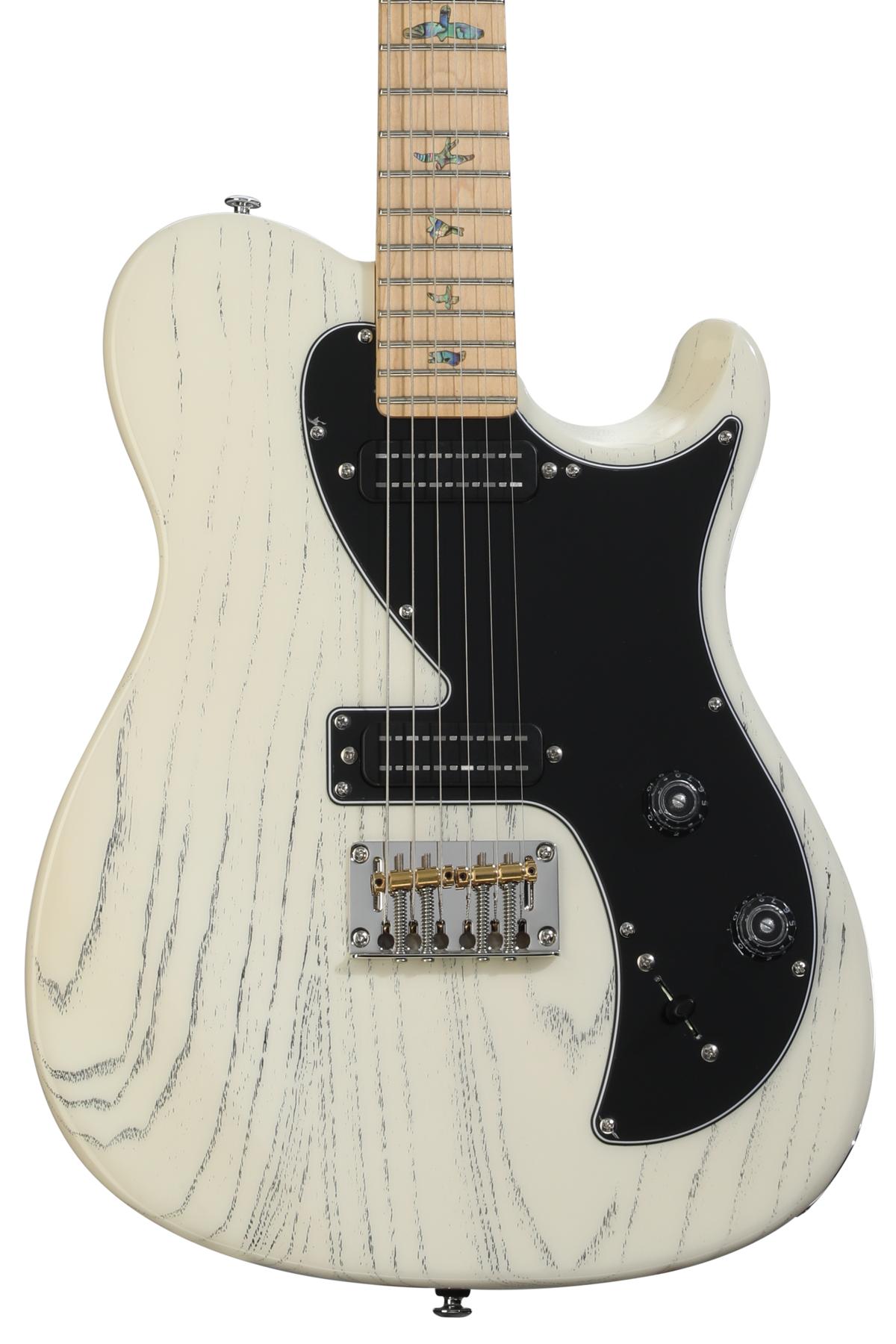Whether you’re a bassist or a guitarist who occasionally fills in as one, short scale basses can be a source of joy, ease, and worlds of expressive potential. Great ones feel like lightning under the fingers. They pack a punch in the fundamentals. And the right ones look and feel a little less like an oversized Viking war ax if you are not a towering Viking. In the case of the newest version of the Rascal, the Paranormal Rascal Bass HH, all of those attributes come together in a bass that’s potent and cuts a unique and beautiful silhouette. And though it may be an amalgam of elements from less iconic but beautiful Fender shapes (not least the Fender version that preceded it nearly a decade ago), the Paranormal Rascal Bass HH is a striking, well-proportioned instrument that looks gorgeous and fits like a glove.
Offset Offspring
The first Rascal was an experimental prototype built by Fender Custom Shop master builder Jason Smith for the 2014 NAMM Show. The original version featured a few very substantial design elements. The sweeping bridge was inspired by the tailpiece on the Guild Starfire bass. The headstock matched the contoured take on Fender’s trademark headstock that graced the Coronado hollowbody line. The lipstick pickups, meanwhile, were a clear nod to Danelectro. The new Squier version sticks a little closer to Fender convention, and the shared parts bin. The bridge is a Mustang unit, while the pickups are a big, contemporary variation on the Fender Wide Range bass pickup that 1970s Telecaster basses made famous. Like Smith’s original Rascal, the Squier version is a pretty thing, and the combination of Fender design elements feels more like an organic whole than a product of Frankenstein’s secret bass lab.
The bass is well balanced. Neck dive is a non-existent problem, thanks perhaps in part to the biggish Bass VI body, which has ample mass in the lower bout, and the instrument’s 30-inch scale length. The body contours will feel familiar to any player that makes a Jazz Bass home, and the length has the effect of making the Rascal feel substantial where its short scale cousin, the Mustang, can feel almost toylike. It feels very much of a piece, too. So much so that it rattles the ribs with resonance before you ever plug it in.
The neck is lovely. It feels more than a little like a Precision Bass neck in spite of the 4-inch difference in scale length. Again, the curvaceous body probably has a part in this sensory illusion. For more obvious reasons, it also evokes the feeling of the more substantial 1960s Mustang necks I’ve met. It’s a great compromise between fat and thin.
Robust and Rascally
Curiously, the Rascal is the only bass in the Squier or Fender lines that uses Wide Range humbucker bass pickups—either in cunife or more conventional pole-piece formats—which makes you wonder what else the company has in store for the type. (I know a few players that would love to see a Telecaster bass.) And as their impressive, gleaming visual presence suggests, they are a bold-sounding lot. Almost needless to say, they are loud. They’ll out-thump a Precision in terms of sheer volume. And they’ll blow the Rascal’s short-scale stablemate, the Mustang, out of the water when it comes to output and mass, which is a smart move in terms of differentiation among Squier bass models and features.
It’s a safe bet that the Rascal’s style and price will make it popular to younger, more punk- and punk-pop-aligned players. But the Rascal would not be out of place in an Albert Hall-era Cream tribute band, and could probably give a Gibson EB-0 a run for its money in terms of punch. The tone differences between the pickups, too, lend real utility to the Rascal’s attitude. Bridge position sounds are in-your-face and bossy, and will induce breakup in 10" speakers with the right amount of amp push. They can also drive a fuzz or overdrive to fizzy heights. In combined mode, you can use the bridge pickup’s mid-forward attributes to convincingly coax Rickenbacker-like tonalities. And the neck pickup has the personality of a gentle bear. I loved using it for mellower, vintage-style sounds.
The Verdict
The Squier Rascal impresses on many fronts. The construction quality is excellent for an instrument in any price class, but it's particularly impressive for an accessibly priced bass. The lines of the instrument are elegant, pretty, and proportioned in a way that suggests an original design rather than an amalgam of existing style moves. But the best thing about the Rascal is the way it feels. It’s an instrument that will inspire confidence in a pro or a beginner (and it is very cool, indeed, to imagine a player getting to learn the ropes on this fine machine).
The pickups won’t be everyone’s lot. They are pretty aggressive and have little of a 1960s-style Precision’s or Mustang’s high-headroom, rub-a-dub contoured edges in the voice. These are rocking, punky-sounding units and, even with volume and tone attenuation or foam dampening at the bridge, they pump out weight and attitude. For most tunes, these pickups will be a great fit—provided the player has a sensitive touch. But it’s hard to not recall the original Rascal’s lipstick units and wonder what a little less output could do for such a great feeling bass. Then again, this Rascal is a Paranormal Series instrument, and it exists to accomplish the unconventional and unexpected. Who knows? Maybe a future iteration of this beautiful bass will be more tuned for vintage ears. In the meantime, even strict low-output adherents will likely find something to love in the way this fantastic value looks and feels.



















